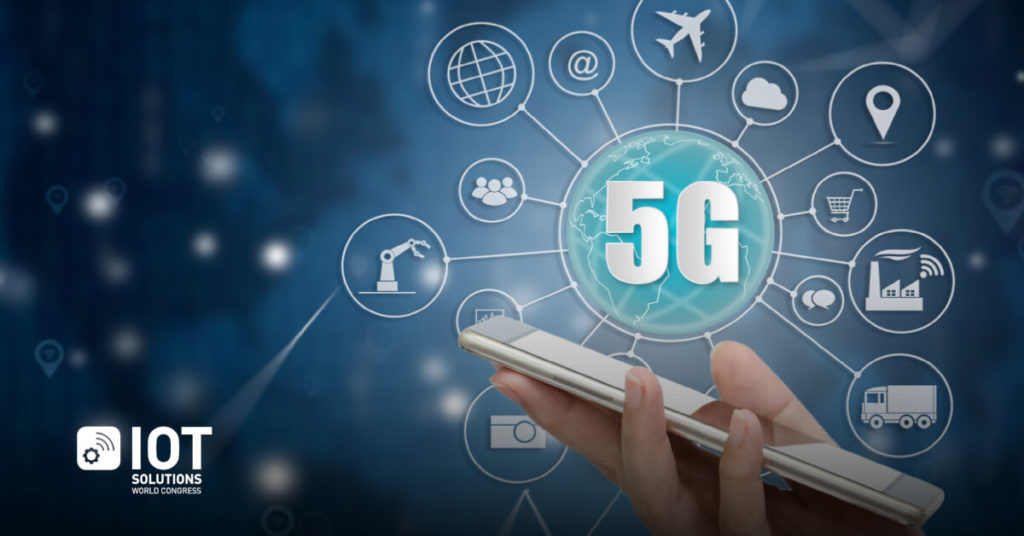The 23rd World Insights
Exploring the untold stories and events from around the globe.
5G and the Great Connectivity Conspiracy
Uncover the truth behind 5G and the conspiracy theories surrounding our connected world. Is it progress or something more sinister?
The Truth Behind 5G: Unraveling the Connectivity Conspiracy
The advent of 5G technology has sparked an array of conspiracy theories, leading many to question the true nature of this advanced connectivity solution. Proponents argue that 5G will revolutionize our digital landscape, enabling lightning-fast internet speeds and facilitating advancements in the Internet of Things (IoT). However, critics highlight concerns over potential health risks and the environmental impacts of the infrastructure required to support such a network. This dichotomy has given rise to debates that often blur the lines between scientific fact and public perception, leaving many in search of the truth behind 5G.
At the heart of the 5G conspiracy narrative is the fear of control and surveillance. As cities around the world rush to implement this technology, skeptics worry about its implications for privacy and autonomy. Some even speculate that this new wave of connectivity is a vehicle for governmental surveillance, suggesting that the technology could enable unprecedented monitoring of individuals. It is essential to sift through the disinformation and focus on credible evidence, distinguishing legitimate concerns from exaggerated claims. Understanding the reality of 5G requires a balanced perspective that embraces both its potential advantages and the need for responsible usage.

Is 5G Safe? Separating Fact from Fiction
The debate surrounding 5G safety has intensified since the rollout of this advanced wireless technology. Much of the concern stems from misinformation, leading to misconceptions about potential health risks associated with 5G networks. Scientific studies conducted by organizations such as the World Health Organization (WHO) and other health authorities around the globe have consistently concluded that, when operated within safety guidelines, 5G technology does not pose a significant health threat to humans. In fact, these studies emphasize that the electromagnetic fields produced by 5G are well below the levels that could cause harm.
However, it’s crucial to separate fact from fiction when discussing 5G safety. Many fears are rooted in outdated information about earlier mobile technologies, while new research continuously evolves our understanding of electromagnetic radiation. To help clarify the conversation around this issue, consider the following key points:
- Regulatory Compliance: 5G systems must meet stringent regulatory standards set by government bodies.
- Research Findings: Ongoing research continues to monitor the impact of 5G and confirms its safety.
- Public Perception: Community concerns should be addressed through education and transparent communication from local authorities and health agencies.
How 5G Will Transform Our Lives: Connectivity or Control?
The advent of 5G technology promises to revolutionize our lives in numerous ways, fundamentally enhancing connectivity across various sectors. Imagine a world where smart cities operate seamlessly, with interconnected devices communicating in real-time. From autonomous vehicles navigating through traffic to remote healthcare consultations that utilize high-definition video, the applications of 5G are vast and transformative. Industries such as agriculture, manufacturing, and even entertainment will benefit tremendously from faster data transfer rates and reduced latency, leading to heightened efficiency and productivity.
However, this surge in connectivity comes with critical questions regarding privacy and control. As we embrace more interwoven systems, we must consider who governs this data and how it is used. The potential for surveillance increases with every new device connected to the 5G network, raising concerns about personal freedoms. Balancing the benefits of unparalleled connectivity with the risks of increased control is essential to ensure that we do not sacrifice our privacy in pursuit of innovation. Only time will tell how society navigates these challenges in the era of 5G.